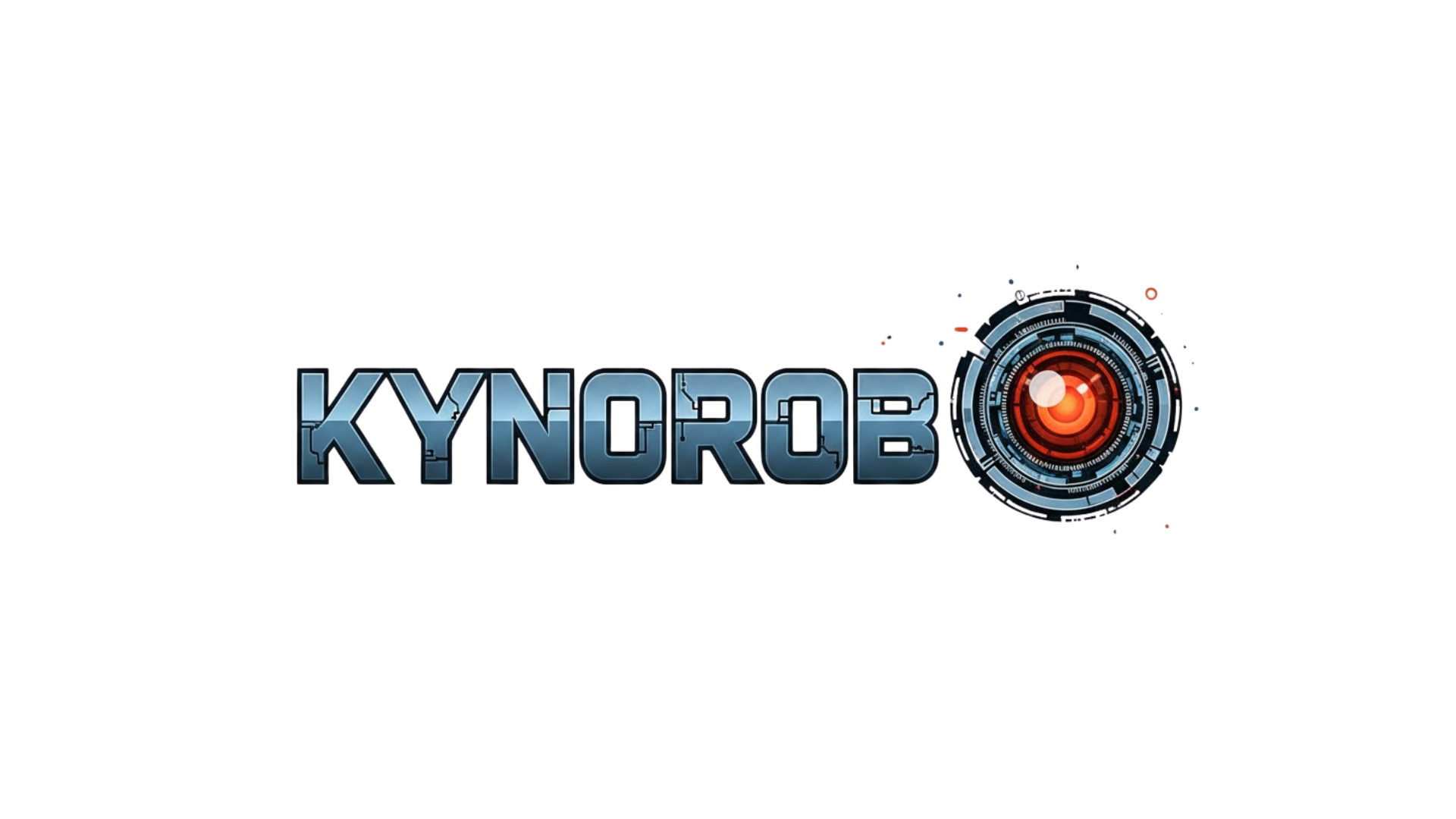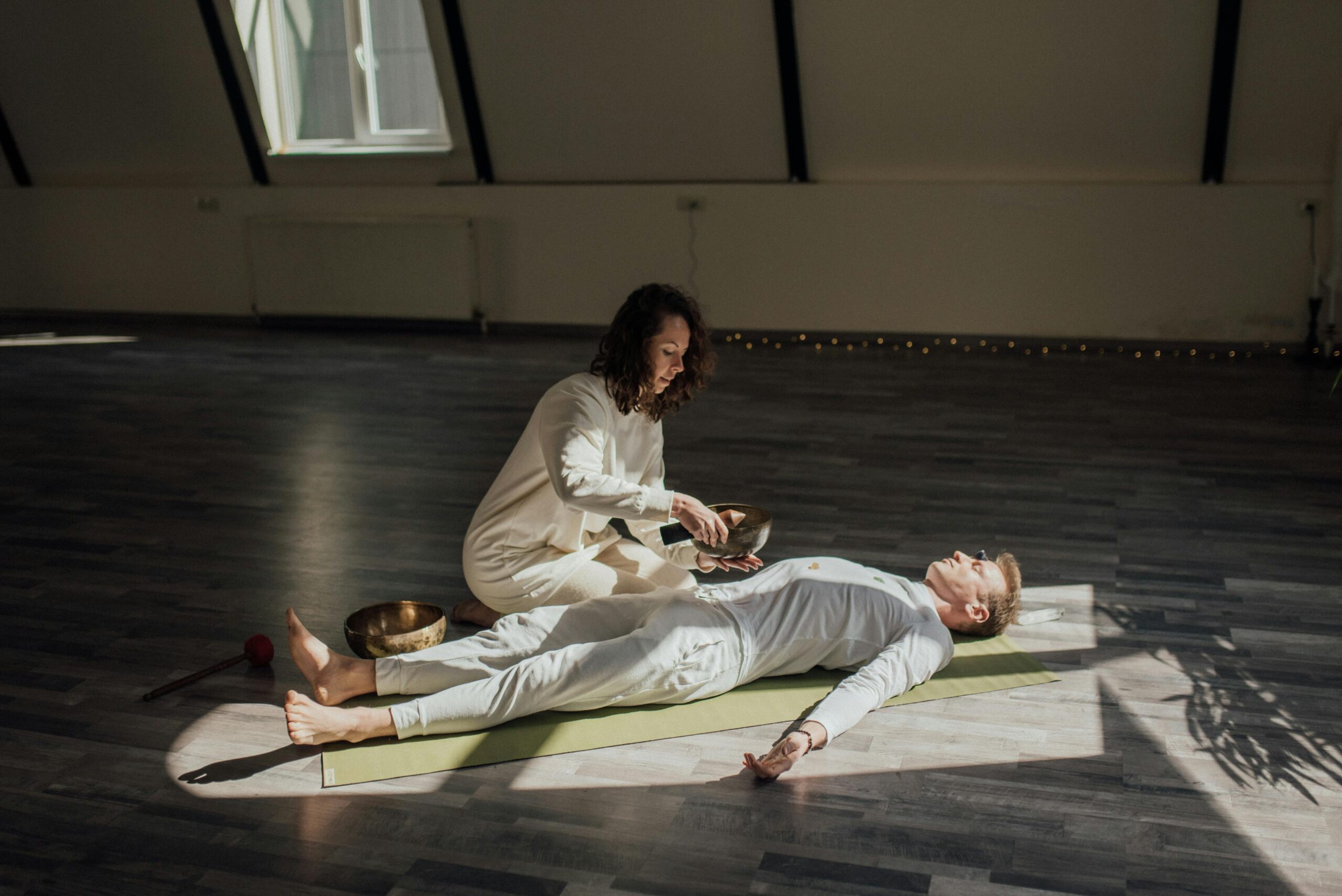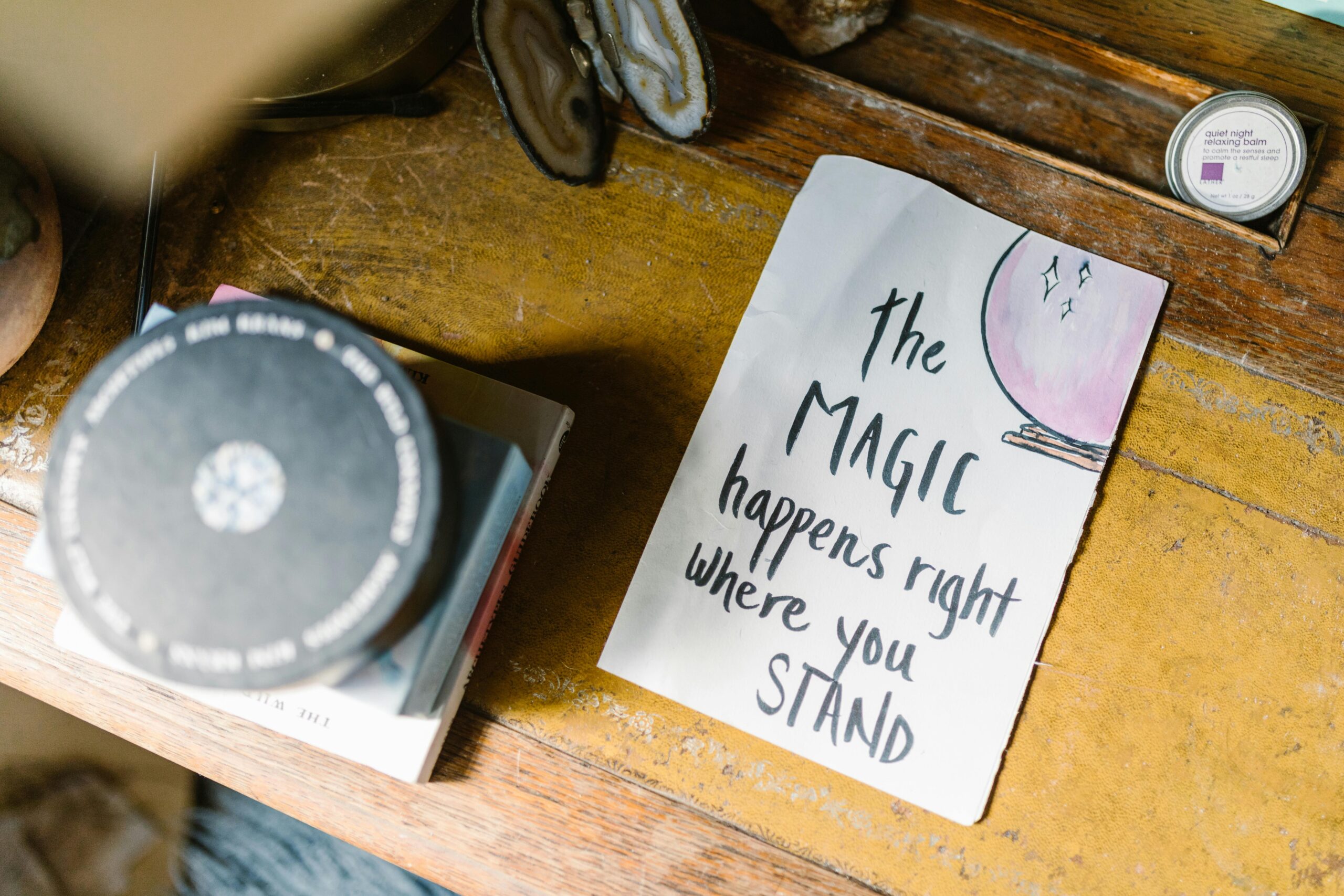Light and color frequencies have emerged as powerful therapeutic tools, offering natural pathways to restore balance, enhance wellness, and support the body’s innate healing mechanisms.
🌈 The Science Behind Light and Color Therapy
For centuries, civilizations across the globe have recognized the profound impact of light and color on human health. From ancient Egyptian sun temples to traditional Chinese medicine practices, the therapeutic application of colored light has deep historical roots. Today, modern science validates what our ancestors intuitively understood: light frequencies directly influence our biological systems, affecting everything from cellular metabolism to emotional well-being.
Light therapy, also known as phototherapy or chromotherapy, operates on the principle that different wavelengths of visible light penetrate the skin at varying depths, triggering specific biochemical responses. Each color in the visible spectrum vibrates at a unique frequency, measured in hertz, and carries distinct energetic properties that interact with our body’s electromagnetic field.
Research in the field of photobiology has demonstrated that light exposure influences circadian rhythms, hormone production, neurotransmitter synthesis, and even gene expression. When we understand light as both a particle and a wave, we begin to appreciate its capacity to communicate information directly to our cells, bypassing the need for chemical interventions.
Understanding the Color Spectrum and Its Therapeutic Properties
The visible light spectrum consists of colors ranging from red, with the longest wavelength and lowest frequency, to violet, with the shortest wavelength and highest frequency. Each color band offers specific therapeutic benefits that practitioners harness for targeted healing interventions.
Red Light: Energizing and Stimulating 🔴
Red light therapy operates at wavelengths between 620-750 nanometers, penetrating deeply into tissues to stimulate cellular energy production. This frequency range has been extensively studied for its ability to enhance mitochondrial function, increase ATP synthesis, and accelerate tissue repair. Athletes commonly use red light therapy to reduce recovery time, while dermatologists employ it to stimulate collagen production and improve skin elasticity.
Beyond physical benefits, red light frequencies are associated with increased vitality, improved circulation, and enhanced motivation. In traditional color therapy systems, red is considered grounding and warming, making it particularly valuable for individuals experiencing lethargy, poor circulation, or diminished life force.
Orange Light: Creativity and Emotional Balance 🧡
Orange frequencies, ranging from 590-620 nanometers, bridge the gap between red’s stimulating properties and yellow’s mental clarity. This warm hue is particularly effective for digestive health, reproductive system support, and emotional processing. Therapists often recommend orange light exposure for clients dealing with emotional stagnation, creative blocks, or social anxiety.
The joyful energy of orange light can uplift mood without the potential overstimulation sometimes associated with red frequencies. Its gentle warmth encourages healthy appetite, supports metabolic function, and fosters a sense of enthusiasm and optimism.
Yellow Light: Mental Clarity and Digestive Health 💛
Yellow light, vibrating at 570-590 nanometers, directly impacts cognitive function, nervous system health, and digestive processes. This sunny frequency stimulates mental alertness, enhances concentration, and supports the assimilation of nutrients and information alike.
In chromotherapy practices, yellow is associated with the solar plexus chakra, the energetic center governing personal power, self-esteem, and metabolic function. Exposure to yellow light can help combat seasonal affective disorder, support detoxification processes, and boost intellectual performance.
Green Light: Balance and Cardiovascular Health 💚
Positioned at the center of the visible spectrum (495-570 nanometers), green light embodies harmony and equilibrium. This frequency has demonstrated remarkable effects on cardiovascular health, stress reduction, and overall homeostasis. Studies have shown that green light therapy can help regulate blood pressure, reduce chronic pain perception, and promote cellular regeneration.
Green’s balancing properties make it an excellent choice for individuals experiencing stress-related conditions, hormonal imbalances, or inflammatory responses. The color’s association with nature triggers parasympathetic nervous system activation, encouraging rest, restoration, and healing.
Blue Light: Calming and Antibacterial Properties 💙
Blue light frequencies (450-495 nanometers) offer cooling, calming, and antibacterial benefits. While excessive blue light exposure from screens has received negative attention, therapeutic blue light application provides significant health advantages. Medical practitioners use specific blue light wavelengths to treat jaundice in newborns, address seasonal affective disorder, and combat acne-causing bacteria.
Blue light therapy helps regulate sleep-wake cycles by influencing melatonin production. Strategic exposure during morning hours can enhance alertness and cognitive performance, while minimizing blue light in evening hours supports healthy sleep patterns. The calming nature of blue frequencies also benefits individuals with anxiety, hyperactivity, or inflammatory skin conditions.
Indigo and Violet Light: Spiritual Connection and Purification 💜
The higher-frequency indigo (420-450 nanometers) and violet (380-420 nanometers) lights occupy the spiritual end of the visible spectrum. These frequencies are associated with intuition, mental clarity, and purification processes. In holistic healing traditions, violet light is considered cleansing and transformative, supporting the release of emotional and energetic blockages.
Research into violet light therapy has revealed promising applications for mood disorders, migraine relief, and neurological health. The frequency’s proximity to ultraviolet light (which lies just beyond the visible spectrum) grants it powerful antibacterial and purifying properties without the harmful effects of UV exposure.
Practical Applications of Color Light Therapy
Modern practitioners employ various methods to deliver therapeutic light frequencies, from sophisticated medical devices to simple environmental modifications. The accessibility of color light therapy has expanded dramatically, allowing individuals to incorporate these healing modalities into daily life.
Light Therapy Devices and Equipment
Professional light therapy equipment ranges from LED panels emitting specific wavelengths to full-body light beds that immerse clients in targeted color frequencies. Red and near-infrared LED devices have become particularly popular for home use, offering convenient access to scientifically validated healing wavelengths.
Seasonal affective disorder (SAD) lamps, which typically emit bright white light containing full-spectrum frequencies, help regulate circadian rhythms during darker months. More specialized chromotherapy lamps allow users to select specific colors based on therapeutic needs, creating personalized healing protocols.
Environmental Color Therapy
The strategic use of color in living and working spaces represents one of the most accessible forms of chromotherapy. Paint colors, lighting choices, and decorative elements all contribute to the energetic atmosphere of a space, influencing mood, productivity, and wellbeing.
Healthcare facilities increasingly recognize the impact of color environment on patient outcomes, incorporating calming blues and greens in recovery areas while using energizing yellows and oranges in rehabilitation spaces. This evidence-based design approach demonstrates the practical application of color psychology and light therapy principles.
Combining Color Therapy with Other Modalities
Integrative practitioners often combine color light therapy with complementary healing approaches to amplify therapeutic effects. Acupuncturists may direct colored light at specific meridian points, while massage therapists incorporate chromotherapy lamps during bodywork sessions. Meditation and yoga practitioners use colored lighting to enhance energetic experiences and deepen mindfulness practices.
Sound healing and color therapy create particularly powerful synergies, as both modalities work with vibrational frequencies. Practitioners may pair specific musical tones with corresponding color frequencies, creating multi-sensory healing experiences that address physical, emotional, and spiritual dimensions simultaneously.
The Biophysics of Light Frequency Healing
Understanding how light frequencies interact with biological systems requires exploring the electromagnetic nature of living organisms. Every cell in the human body emits a weak electromagnetic field, creating a complex biofield that responds to external electromagnetic influences, including light.
Mitochondria, the cellular powerhouses responsible for energy production, contain photoreceptors that respond directly to light exposure. When appropriate wavelengths reach these organelles, they optimize electron transport chain function, increasing ATP production and enhancing cellular vitality. This mechanism explains why red and near-infrared light therapy demonstrates such consistent benefits for tissue healing, athletic performance, and anti-aging.
Beyond mitochondrial activation, light frequencies influence photoperiodic responses controlled by specialized retinal cells. These non-visual photoreceptors communicate directly with the brain’s suprachiasmatic nucleus, the master regulator of circadian rhythms. This pathway explains light therapy’s effectiveness for mood disorders, sleep disturbances, and seasonal affective disorder.
Creating Your Personal Color Therapy Practice
Developing a sustainable color light therapy routine requires understanding your unique needs, observing your body’s responses, and maintaining consistency in application. Whether addressing specific health concerns or seeking general wellness enhancement, these guidelines help establish an effective practice.
Assessment and Intention Setting
Begin by identifying areas requiring support—physical symptoms, emotional patterns, or energetic imbalances. Consider keeping a wellness journal to track symptoms, energy levels, mood fluctuations, and sleep quality. This baseline assessment provides valuable data for measuring therapeutic progress.
Set clear intentions for your color therapy practice. Are you seeking pain relief, improved sleep, enhanced mood, or spiritual development? Different objectives require different color frequencies and application methods. Your intentions guide protocol selection and help maintain motivation throughout the healing journey.
Selecting Appropriate Color Frequencies
Match color selections to your therapeutic goals based on established color therapy principles. For physical healing and energy boost, emphasize red and orange frequencies. For mental clarity and digestive support, incorporate yellow light. When seeking emotional balance and stress reduction, green light offers optimal benefits. For calming effects and sleep support, blue light proves most effective, while violet frequencies support spiritual practices and purification.
Trust your intuitive responses to different colors. If a particular frequency feels uncomfortable or agitating, honor that feedback and explore alternatives. The body’s wisdom often guides us toward precisely what we need for healing.
Timing and Duration Considerations
Therapeutic light exposure timing significantly influences outcomes. Morning exposure to bright, full-spectrum light or blue frequencies enhances alertness and sets healthy circadian rhythms. Afternoon sessions with green or yellow light support sustained energy and focus. Evening exposure should emphasize warmer frequencies like red and orange, avoiding blue light that suppresses melatonin production.
Session duration varies based on light intensity and therapeutic goals. Red light therapy typically requires 10-20 minutes per session, while environmental color therapy provides continuous gentle exposure. Start conservatively, allowing your system to adapt, then gradually increase duration as tolerated.
Safety Considerations and Contraindications
While color light therapy is generally safe and non-invasive, certain precautions ensure optimal outcomes and prevent adverse effects. Individuals with photosensitivity conditions, including certain autoimmune disorders and medication-induced sensitivity, should consult healthcare providers before beginning light therapy protocols.
Those with bipolar disorder should exercise caution with bright light therapy, as excessive exposure may trigger manic episodes. Pregnant women should avoid prolonged exposure to red light on the abdominal area during the first trimester. Anyone with existing eye conditions should protect their vision during direct light exposure, using appropriate eye protection when recommended.
Quality matters significantly in therapeutic light devices. Ensure any equipment you use emits clean wavelengths without harmful UV radiation or excessive heat production. Research manufacturers, read reviews, and verify that devices meet safety standards before investing in home therapy equipment.
✨ The Future of Light and Color Frequency Therapy
Emerging research continues expanding our understanding of light’s therapeutic potential. Scientists are exploring how specific light frequencies influence gene expression, immune function, and neuroplasticity. Advances in photobiomodulation technology promise increasingly targeted and effective therapeutic applications.
Wearable light therapy devices represent an exciting frontier, offering continuous, personalized exposure that adapts to individual biorhythms and needs. Integration with biometric monitoring allows for real-time protocol adjustments based on physiological feedback, optimizing therapeutic outcomes.
The growing acceptance of light therapy within mainstream medicine signals a paradigm shift toward non-invasive, energy-based healing modalities. As research validates ancient wisdom about light’s healing properties, we stand at the threshold of a new era in integrative healthcare.

Embracing the Rainbow Path to Wellness
Light and color frequency therapy offers a gentle yet powerful approach to healing that honors the body’s innate intelligence. By working with natural electromagnetic frequencies, we support rather than override biological processes, facilitating authentic restoration and balance.
Whether you’re managing specific health challenges or seeking to optimize overall wellness, incorporating color light therapy into your self-care routine provides accessible, affordable, and effective support. The spectrum of healing light invites us to explore our relationship with these fundamental natural forces, rediscovering their capacity to illuminate our path to vibrant health.
As you embark on your personal journey with light and color frequencies, approach the practice with curiosity, patience, and reverence for the profound wisdom encoded in these ancient healing modalities. The therapeutic potential of light awaits your exploration, offering limitless possibilities for transformation, balance, and radiant wellness.
Toni Santos is an energy-medicine researcher and subtle-science writer exploring how bio-fields, chakra systems, and frequency therapies shape healing and evolution. Through his investigations into sound medicine, field coherence and energetic design, Toni examines how the invisible dimensions of being become the foundation for presence, transformation and wholeness. Passionate about subtle anatomy, resonance and therapeutic frequency, Toni focuses on how vibration, field awareness and holistic design influence the human system. His work highlights the intersection of science, consciousness, and healing — guiding readers toward living in alignment, resonance and depth. Blending energy medicine, sound healing and field psychophysiology, Toni writes about the landscape of subtle reality — helping readers understand how they inhabit, interact with and expand their energetic fields. His work is a tribute to: The architecture of bio-fields and their role in human vitality The interplay of chakra science, frequency healing and conscious embodiment The vision of subtle medicine as coherent, embodied and whole Whether you are a practitioner, researcher or intuitive explorer, Toni Santos invites you to move into the field of possibility — one vibration, one center, one healing at a time.




